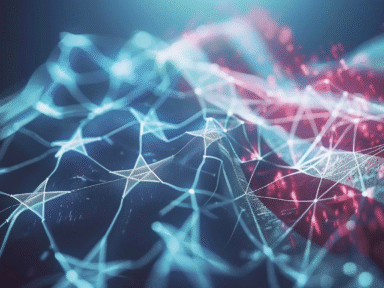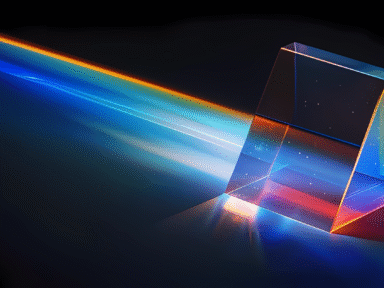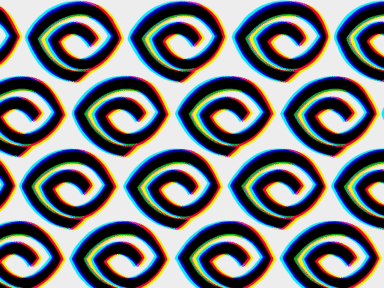Takeaways
– OpenAI has revealed that a fundamental design choice is causing ChatGPT’s hallucinations
– The company’s CEO Sam Altman admitted they made a “mistake” in their approach to AI training
– OpenAI is now working on new methods to reduce hallucinations in future AI models
– The revelation explains why AI chatbots struggle with factual accuracy despite advanced capabilities
In a surprising admission, OpenAI CEO Sam Altman has revealed that a critical design flaw is responsible for the persistent problem of AI hallucinations. This acknowledgment sheds new light on why chatbots like ChatGPT often generate convincing but factually incorrect information.
The Fundamental Mistake
During a recent interview with Lex Fridman, Altman candidly admitted that OpenAI made a significant error in their approach to training large language models. The company’s focus on training AI to predict the next word in a sequence, rather than prioritizing factual accuracy, has led to systems that sound confident but frequently fabricate information.
“That was a mistake,” Altman stated plainly. This revelation is particularly significant as it comes from the leader of one of the most influential AI companies in the world, acknowledging a core limitation in their technology.
The Hallucination Problem
AI hallucinations occur when chatbots generate false information with the same confidence as factual responses. This issue has plagued AI systems since their inception, creating challenges for users who rely on these tools for accurate information.
The problem stems from how these models are fundamentally designed. By optimizing for predicting what words should come next in a sequence, rather than for factual correctness, the AI learns to produce plausible-sounding but potentially false information.
Working Toward Solutions
OpenAI isn’t simply acknowledging the problem—they’re actively working to solve it. Altman mentioned that the company is developing new approaches to reduce hallucinations in future AI models.
These efforts include exploring different training methodologies and creating systems that can better distinguish between factual knowledge and prediction-based responses. The goal is to develop AI that maintains its impressive capabilities while significantly improving accuracy.
FAQ
What are AI hallucinations?
AI hallucinations are instances where AI systems like ChatGPT generate false or made-up information while presenting it as factual. These occur because the AI is trained to predict plausible text continuations rather than prioritizing factual accuracy.
Why did OpenAI make this mistake in their AI design?
OpenAI focused on training models to predict the next word in a sequence, which is excellent for generating human-like text but doesn’t inherently prioritize factual accuracy. This approach was fundamental to creating fluent AI systems but came with the unintended consequence of hallucinations.
Can current AI models like ChatGPT be fixed?
Current models can be improved through various techniques like retrieval-augmented generation (RAG) and better fact-checking mechanisms, but the fundamental architecture may limit how much improvement is possible. OpenAI is working on new approaches for future models.
How can users minimize AI hallucinations when using ChatGPT?
Users can reduce hallucinations by asking the AI to cite sources, verifying important information through independent research, asking the same question in different ways to check consistency, and using tools with integrated web search capabilities.
Will hallucinations ever be completely eliminated from AI systems?
Complete elimination of hallucinations is challenging given current AI architectures. However, significant reductions are possible through new training methods, better alignment techniques, and systems that explicitly separate known facts from generated content.
What impact does this admission have on the AI industry?
This admission from OpenAI signals a potential shift in how AI companies approach model development, potentially prioritizing factual accuracy alongside fluency. It may also increase transparency about AI limitations and accelerate research into solving the hallucination problem.

















How would you rate AI Hallucinations: OpenAI Admits Critical Mistake in Training Process?